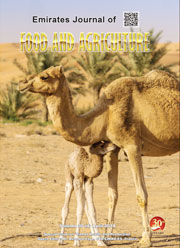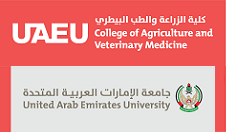Evaluation of physicochemical characteristics, antioxidant activity and phenolic profile of Crataegus species in Malatya, Turkey
DOI:
https://doi.org/10.9755/ejfa.2023.v35.i1.2932Abstract
This study aims to evaluate the pomological and physicochemical characteristics, antioxidant activity and phenolic profile of the three cultivars of hawthorn. A total of nine phenolic compounds were identified in C. orientalis subsp. orientalis fruits by using RP-HPLC-DAD system. These comprised of phenolic acids (i.e., gallic, chlorogenic, caffeic, syringic and p-coumaric acids) and flavonoids (i.e., catechin, epicatechin, rutin and procyanidin-B2). The major phenolic compounds in the hawthorn samples were procyanidin-B2, rutin and chlorogenic acid. The total phenolic contents of samples ranged from 2.86 to 13.81 mg gallic acid equivalent/g dry weight (DW). β-Carotene contents and antioxidant activities (DPPH and ABTS assays) of fruits were found to be high levels. In conclusion, the hawthorn cultivars used in the study differ in composition as they are subspecies of each other. It was concluded that the phenolic compounds of hawthorn are the primary substances responsible for antioxidant activity, and the fruit has shown that it has an important place with these properties. It is thought that this study will lead to the use of hawthorn in the food industry in the future, thus adding value to this fruit and enabling it to be used in new products.
Downloads
Published
How to Cite
Issue
Section

This work is licensed under a Creative Commons Attribution-NonCommercial 4.0 International License.










 .
. 